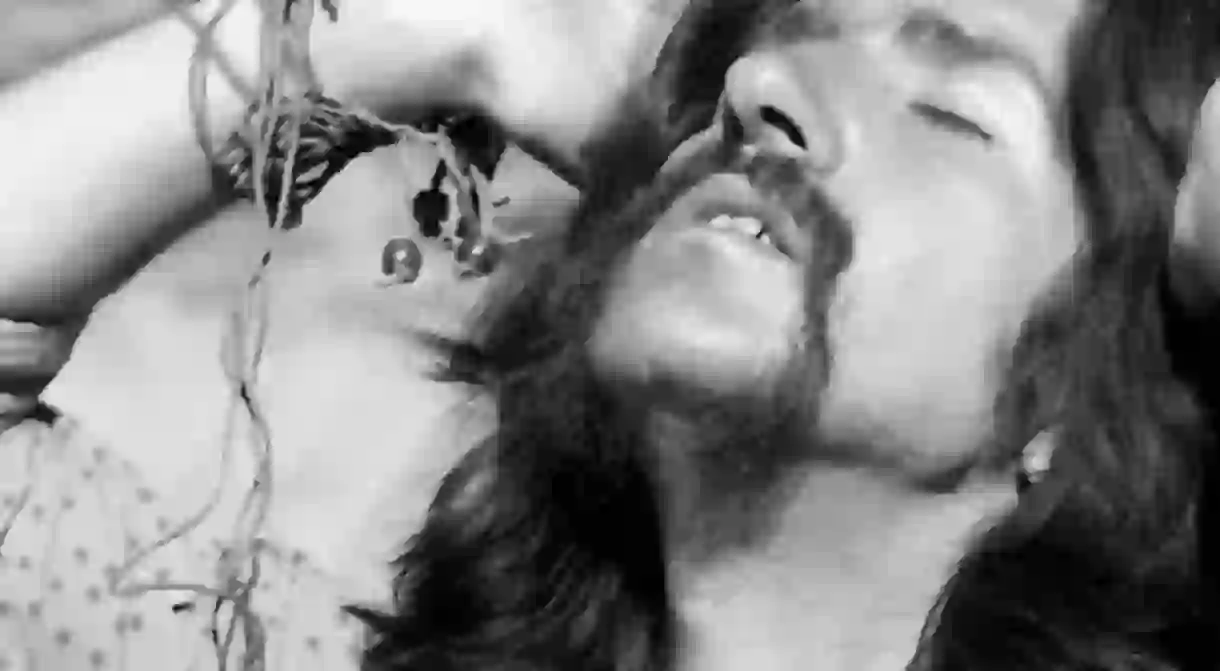A Brief History Of Anatolian Rock

Also known as Turkish psychedelic music, Anatolian rock came into being during the mid-1960s, influenced by the major rock groups from around the world. Here is a look at the history of this particular Turkish music genre as well as its most important artists.
Influenced by epic bands such as The Beatles, The Rolling Stones, Led Zeppelin, Yes, Status Quo, and Omega, Turkey’s artists began experimenting with the fusion of Turkish folk and rock music. Anatolian rock, or Turkish psychedelic music, emerged and was quickly met with a loyal following that remains to this day. With the significant cultural changes taking place in the country such as the rise of a multi-party democracy, western music took a hold on the region, with the pinnacle arriving around 1968.
One of the most influential artists during this time was certainly Erkin Koray, also known endearingly as Erkin Baba. Born in Kadıköy, Istanbul in 1941, Koray went on to become one of the first musicians to play rock and roll in Turkey. In 1957, Koray was playing covers of Elvis Presley and Fats Domino with his band, becoming one of the first artists to embrace the electric guitar and modern amp. By the late 1960s, the musician became a major figure after the release of his first psychedelic single ‘Anma Arkadaş,‘followed by more singles including a cover of ‘Hor Görme Garibi’ (a major hit by Arabesque legend Orhan Gencebay), which became quite the smash hit. By 1974, Koray’s groundbreaking album Elektronik Türküler really changed the game by bringing together his Turkish roots and his love for psychedelic and progressive rock.
Another major musician of this era was Barış Manço. Born in 1943 in Üsküdar, Istanbul, Manço became one of the pioneers of the Turkish rock music genre and was one of the musicians responsible for the birth of Anatolian rock. Having begun his musical career while attending the prestigious Galatasaray High School, Manço began to record cover versions of American songs while also experimenting with the rearrangement of Turkish folk songs in rock and roll form, which marked the beginning of Anatolian rock. After graduating, Manço moved to Europe, traveling and playing music with local musicians in France and Belgium. In 1967, when he suffered a serious car accident, he grew out his iconic horseshoe mustache to hide a scar. After forming many bands, such as (Kaygısızlar and Barış Manço Ve…), the artist formed Kurtalan Ekspres, which accompanied him until his dying day in 1999. Manço went on to compose more than 200 songs in his career that were awarded prolifically, making him one of the most awarded Turkish artists to date.
Last but not least, Cem Karaca was also one of Anatolian rock’s most influential names. Born in Antakya, Turkey in 1945, Karaca was the son of İbrahim Karaca, a theater actor of Azerbaijani origin, and İrma Felekyan, a famous actress of Armenian descent. Karaca’s musical talents soon came about as he started writing his own music in 1967 after having played in a few cover bands. By 1972, Karaca joined the band Moğollar, at which point he wrote one of his most popular songs, ‘Namus Belası.’ During the political upheavals of the 1970s between the left and right, the separatist movement, and the rise of Islamism, Karaca found himself accused of treason for being a separatist thinker and Marxist-Leninist. By 1979, the musician left for West Germany, and when the military coup on September 12, 1980, saw the arrest of many intellectuals and artists, including a warrant for the arrest of Karaca himself, he decided not to return. In 1987, then-prime minister Turgut Özal finally issued amnesty to Karaca who returned to the delight of his fans and released one of his most important works, the album Merhaba Gençler ve Her Zaman Genç Kalanlar. Karaca died in 2004.













